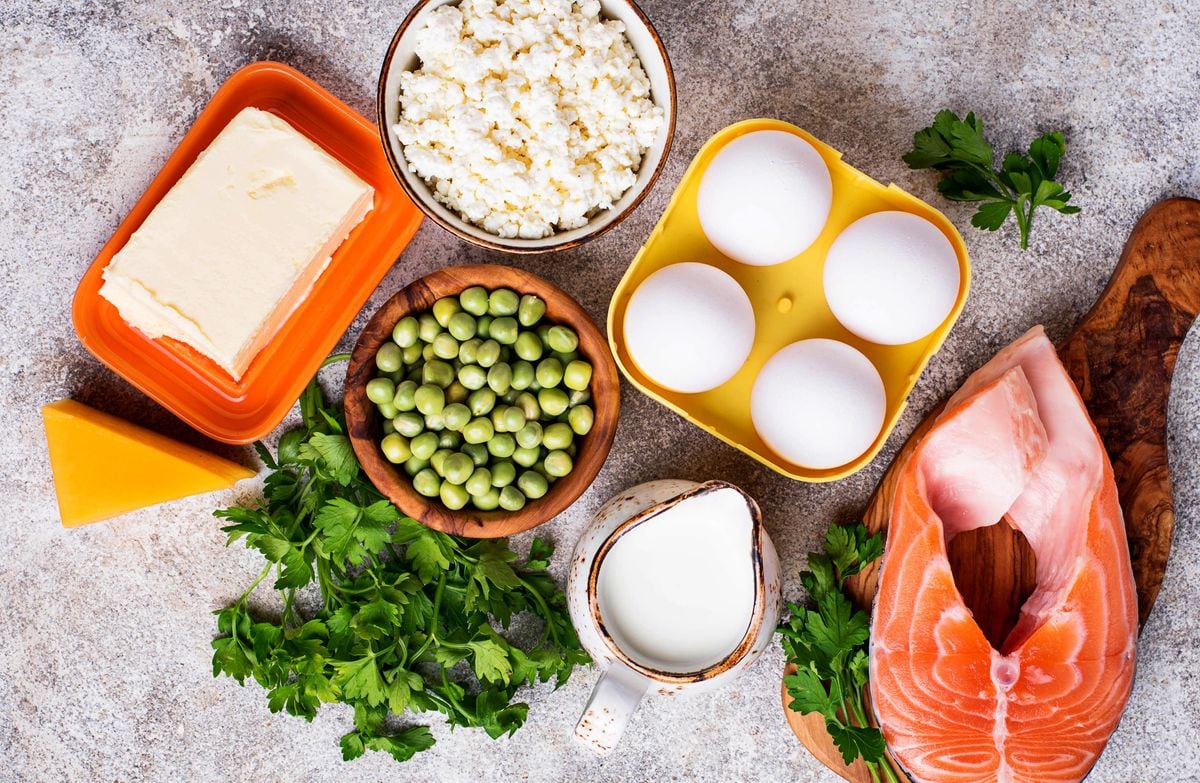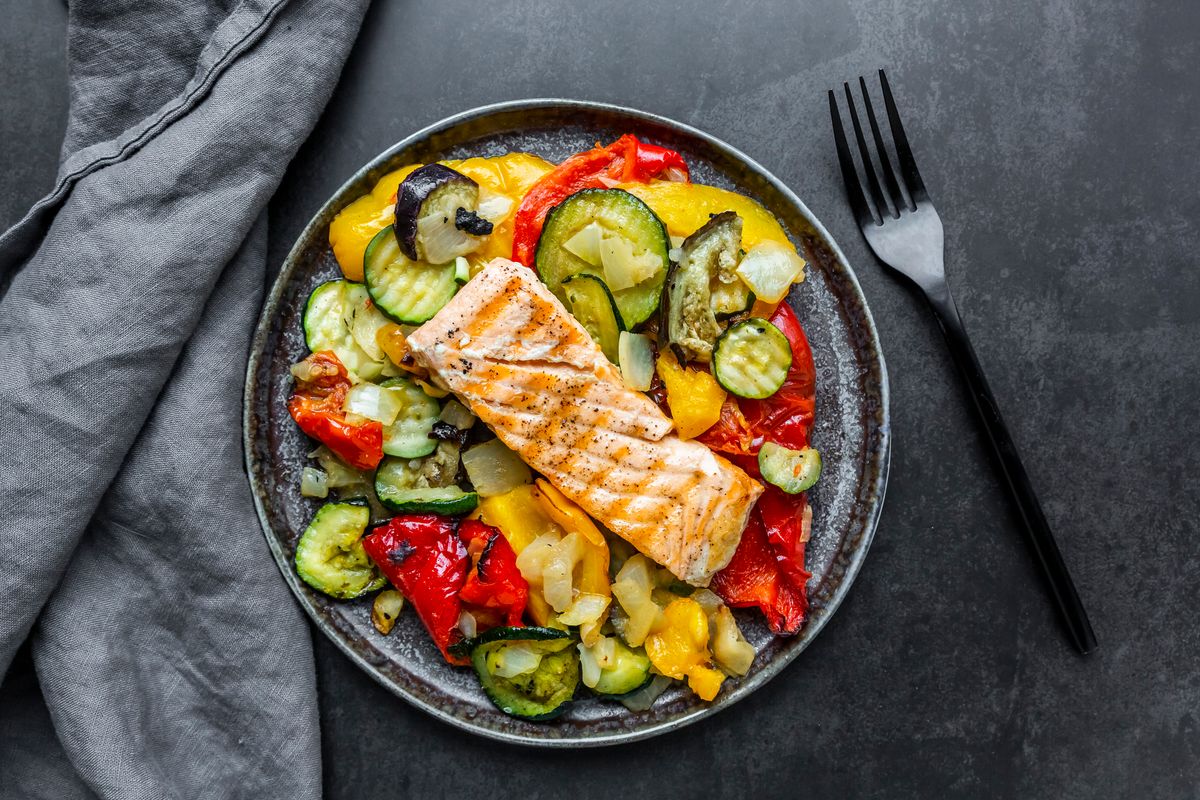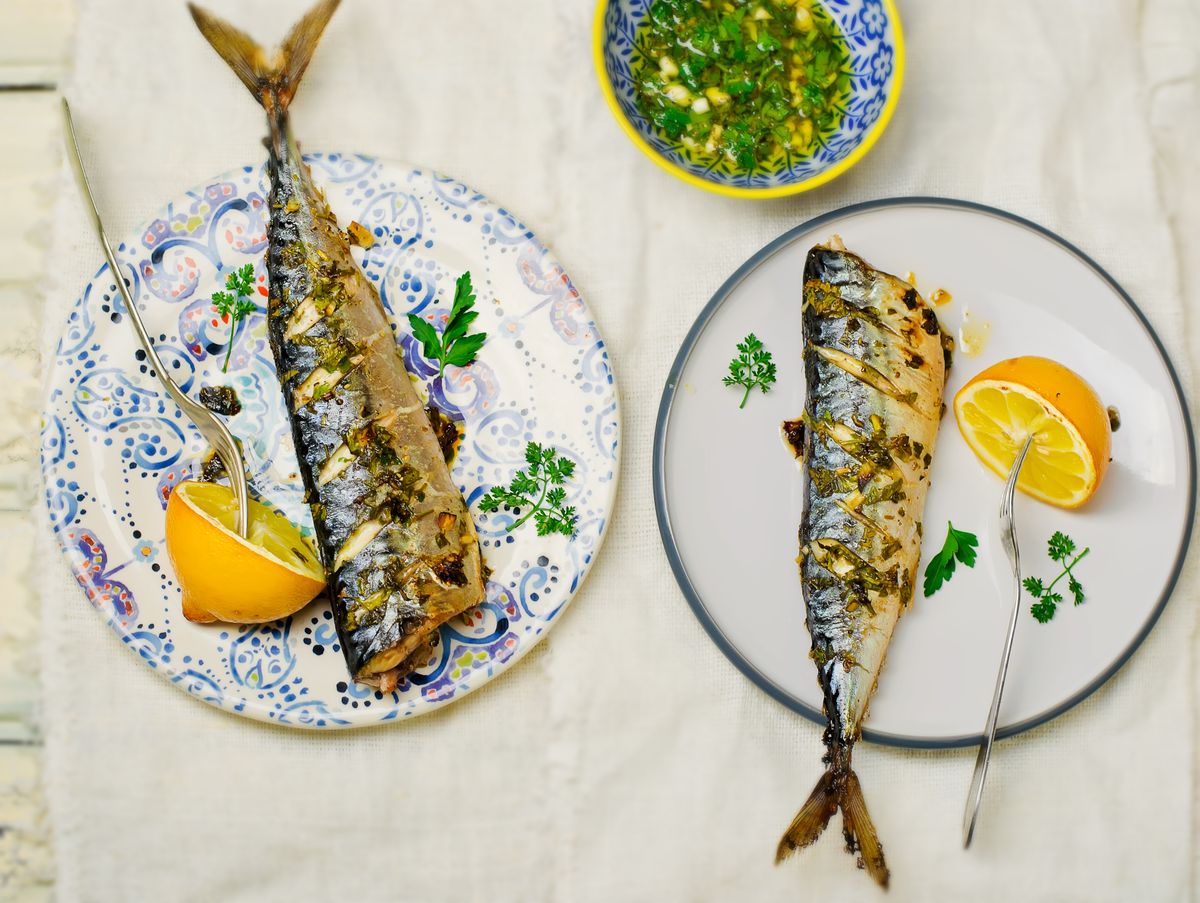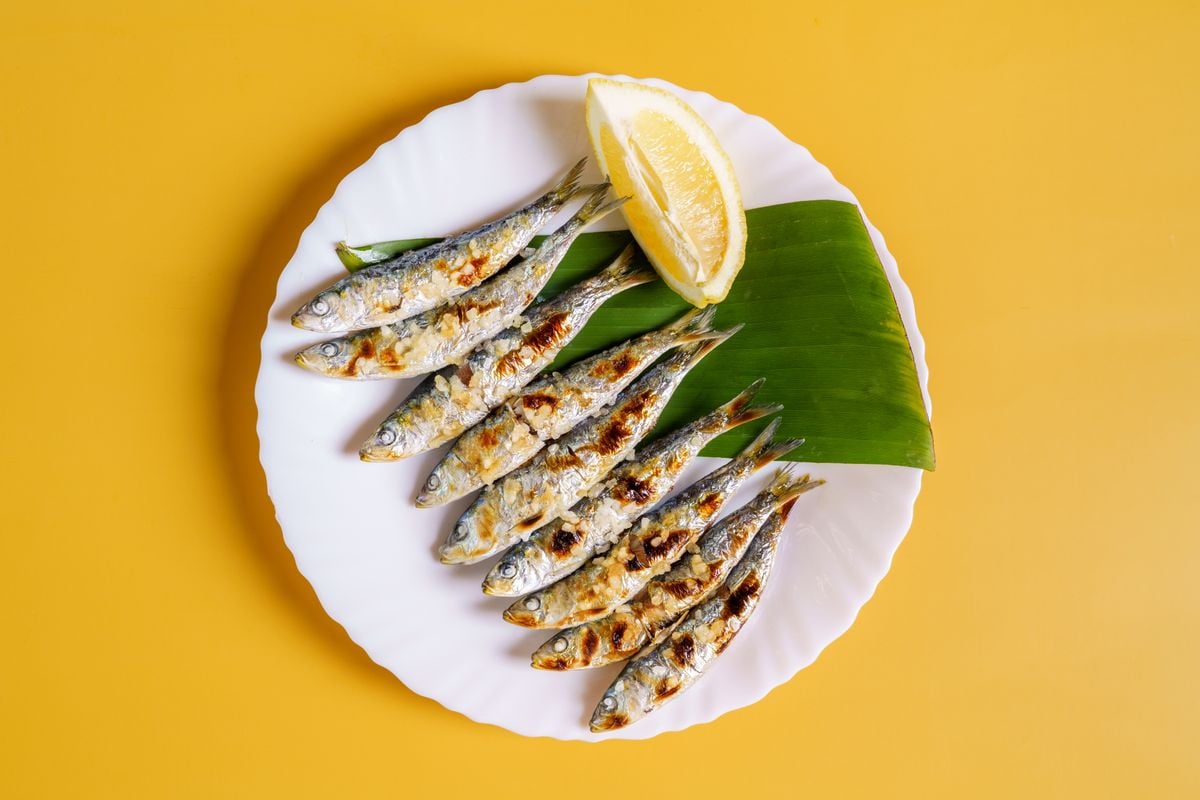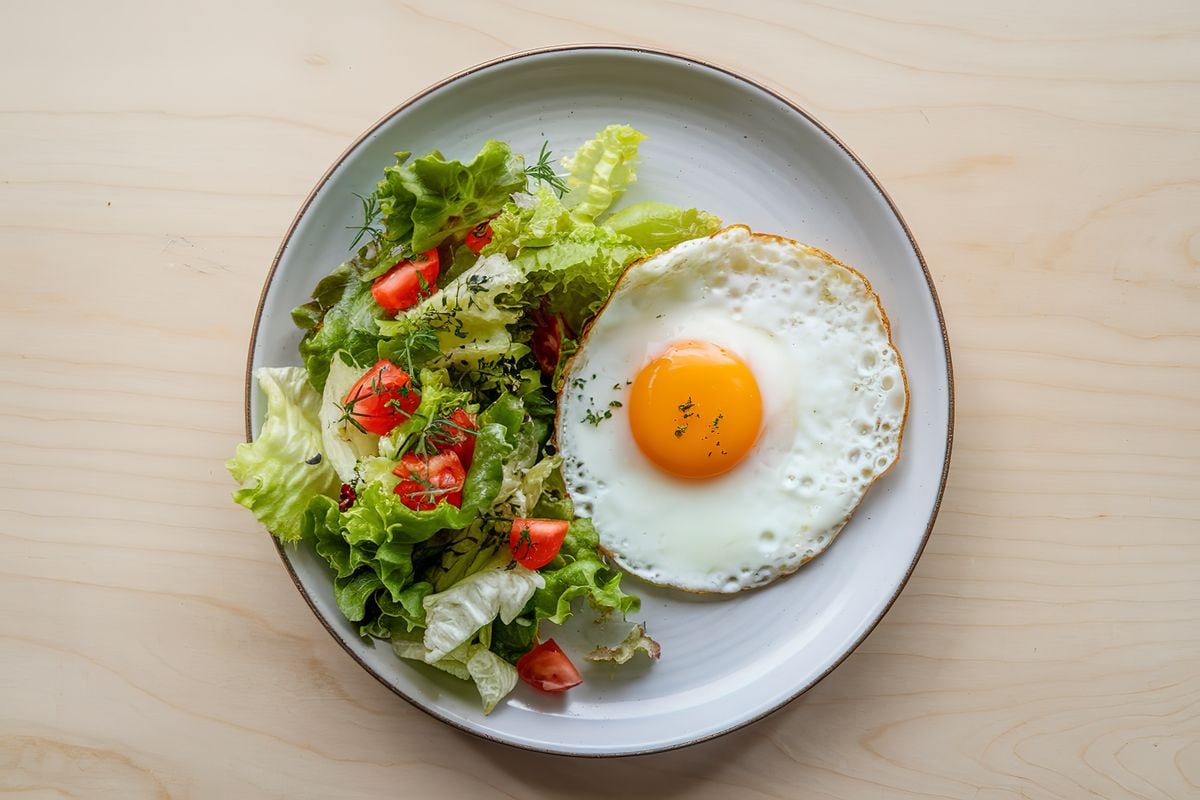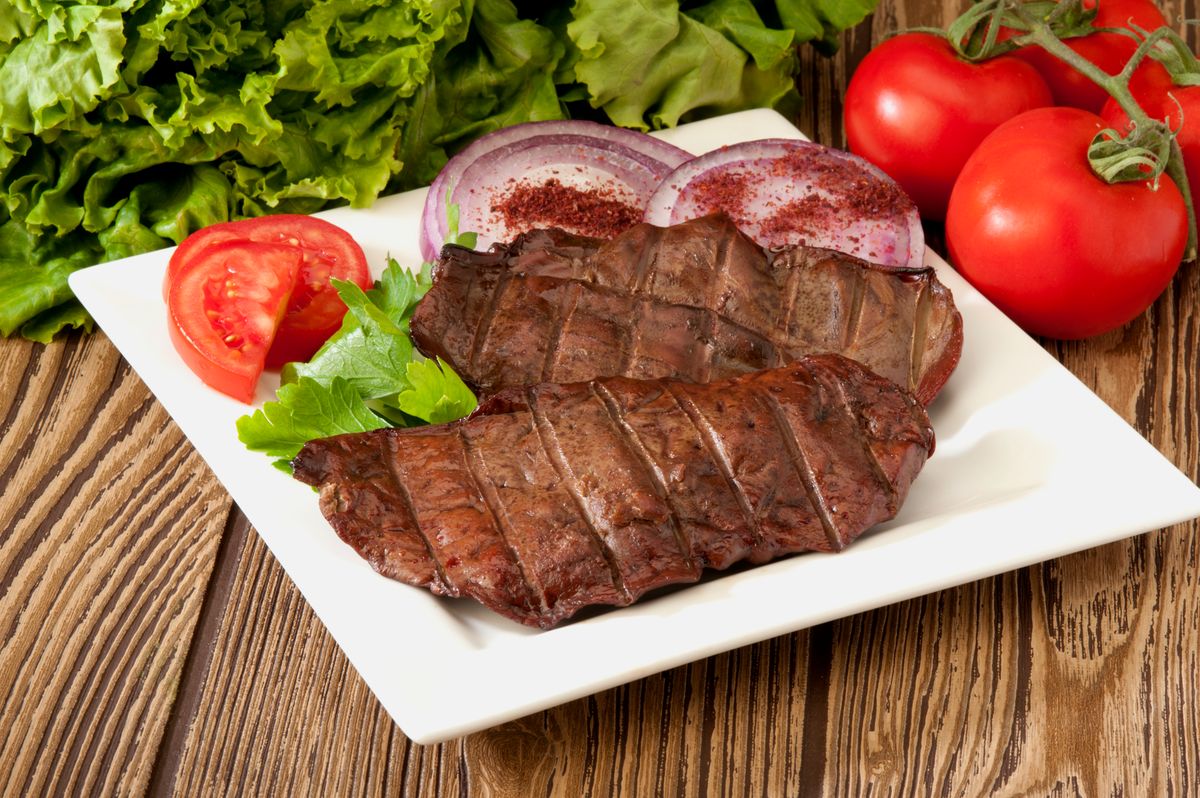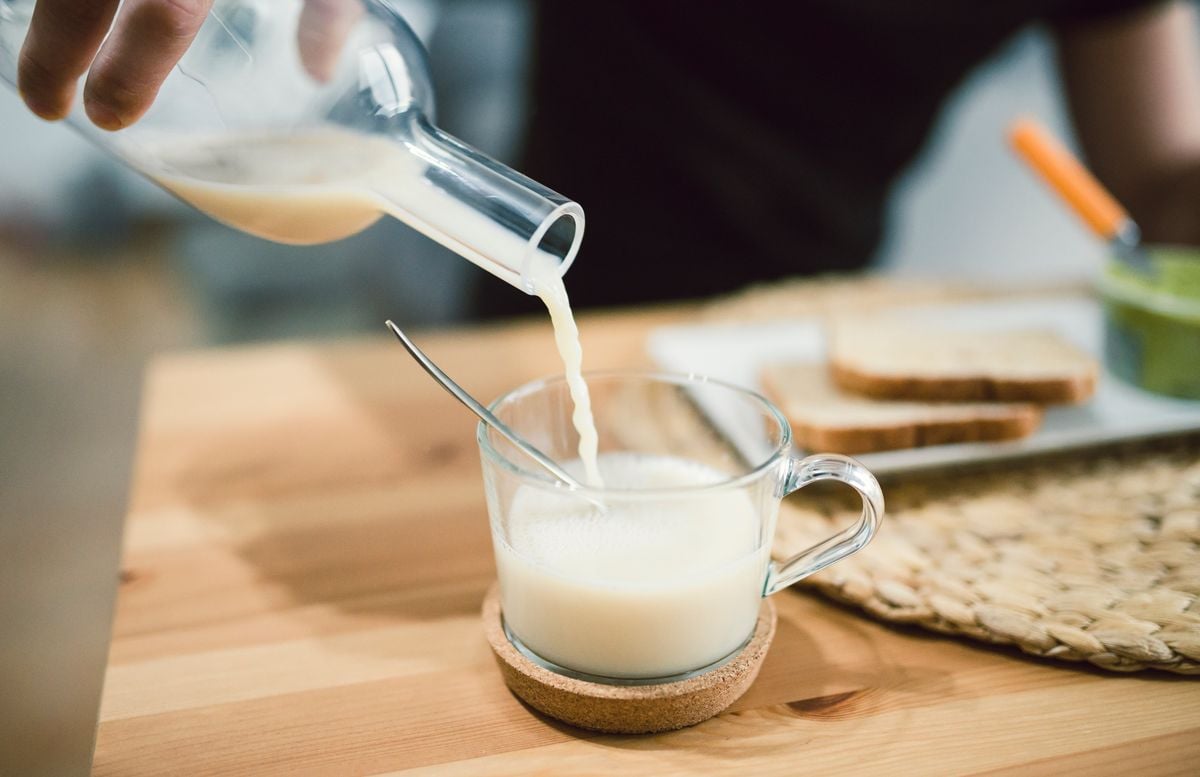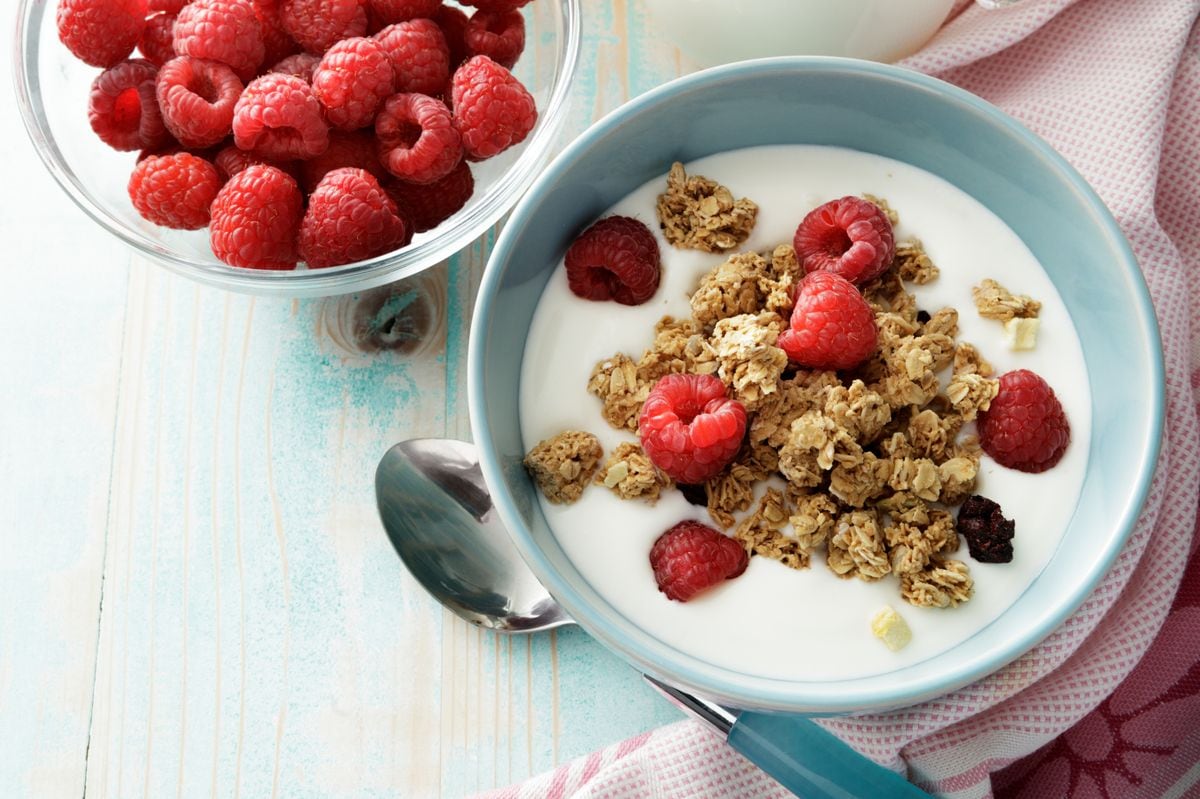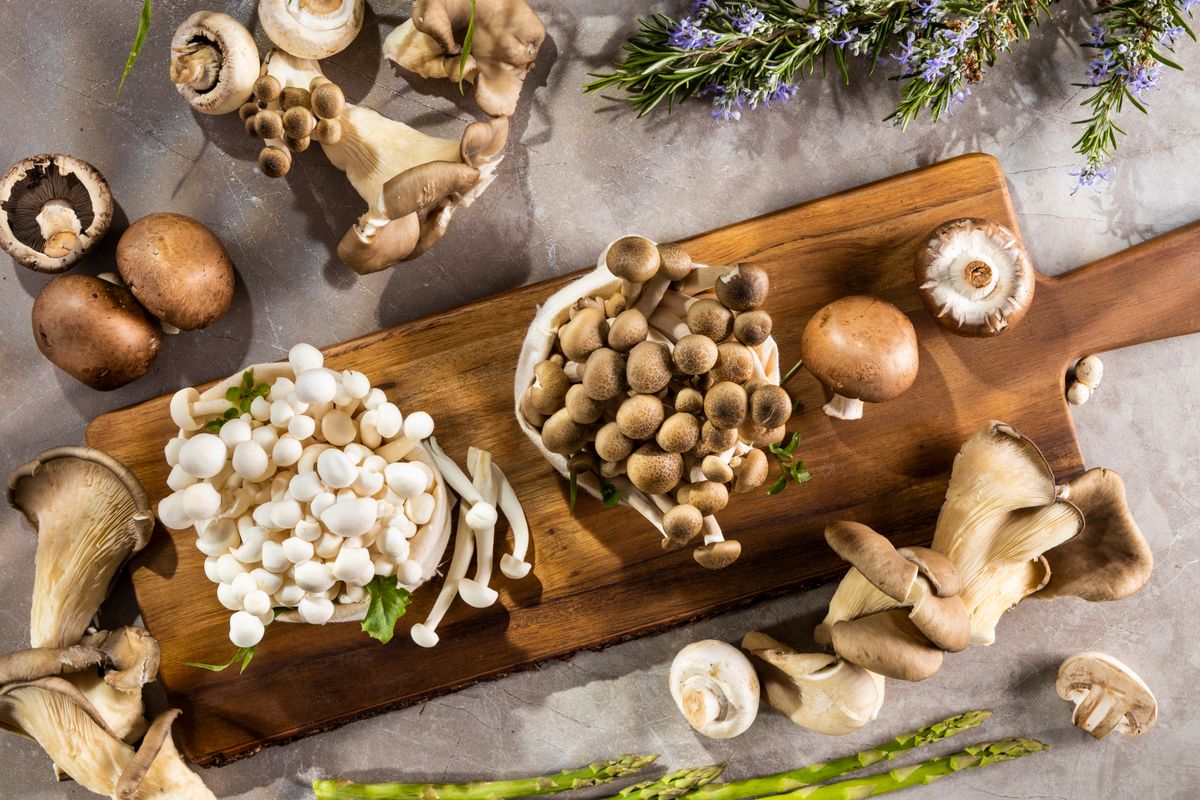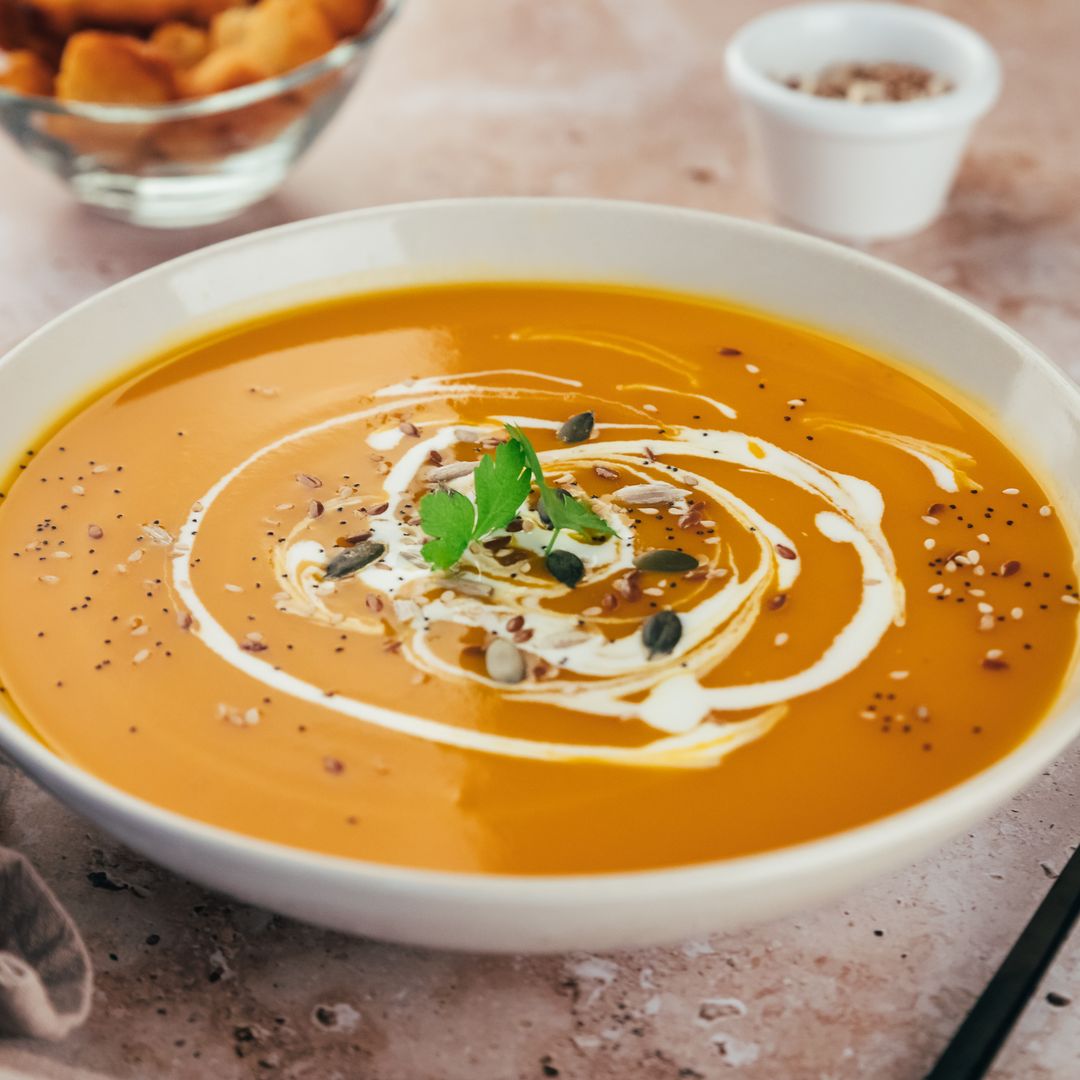If you've been feeling tired, achy, or sick more often than usual, your diet might be missing something crucial. No, it's not another oat milk latte. We're talking about vitamin D, the so-called "sunshine vitamin" that does way more than just keep your bones from snapping like twigs.
Despite the name, you can't rely on sunshine alone to meet your vitamin D needs, especially if you live anywhere north of Miami, wear sunscreen like a responsible adult, or avoid the sun like a vampire. Which means? You've got to get serious about food.
We spoke with two nutrition experts—Elizabeth Katzmas, FDN-P, and Hilary Walentuk, MS, RD, LDN—to break down what to eat, how much you need, and why your current diet might be leaving you D-ficient.
Why Vitamin D Matters So Much
"Vitamin D plays a crucial role in bone health, immune function, and hormone regulation," says Katzmas. "If your diet is too low in vitamin D, you may experience signs like fatigue, frequent illness, bone pain, or muscle weakness."
Vitamin D is not just about strong bones. It is involved in everything from keeping your immune system sharp to balancing your hormones. And it's a public health concern in the U.S. because most people simply aren't getting enough. "Despite its importance, vitamin D continues to be a nutrient of public health concern," Walentuk told us. "Many people aren't getting enough from their daily diet."
The Top Natural Food Sources of Vitamin D
Here's the lowdown on where to find vitamin D in your food. According to Katzmas:
- Fatty fish (think salmon, mackerel, sardines) are your best bet. A 3.5-ounce serving of cooked salmon packs about 570 IU.
- Egg yolks and beef liver also contain small but meaningful amounts.
- UV-exposed mushrooms do provide vitamin D2 (more on that in a sec), but they are less bioavailable than D3 from animal sources.
"Fatty animal-based sources are the most bioavailable," Katzmas says, "meaning they are best absorbed by the body."
Even Salmon Might Not Be Enough
The daily recommended intake is 600 IU for most adults and 800 IU for older adults. And that's if your levels are already decent. If you're deficient (which many people are), some experts recommend up to 2,000 IU per day. That means you'd need more than 12 ounces of salmon daily to hit the mark.
"Because our bodies can't make enough vitamin D on their own," Walentuk explains, "it's essential to get vitamin D through diet." That's where fortified foods come in. According to New England Dairy, nearly all U.S. milk is fortified with about 120 IU per cup. Plant-based milks (like almond or soy) are often fortified, too, though you'll want to double-check the label.
Fortified cereals and yogurts can help, but watch the sugar content. "At about $0.24 per serving, milk is an affordable and accessible dietary source of vitamin D," Walentuk notes. "Lactose-free milks are also fortified, helping those with lactose intolerance achieve their recommended daily value."
Maximize Absorption with This Trick
Vitamin D is a fat-soluble vitamin that absorbs better when consumed with healthy fats. "Consuming it with a source of healthy fat—like olive oil, avocado, or nuts—can enhance absorption," says Katzmas.
Oh, and cooking method matters, too. Frying your salmon is not ideal. Baking or steaming helps preserve the vitamin D content better.
Diet Alone May Not Cut It
Let's be real: unless you're eating fatty fish every day and washing it down with fortified milk, you probably need a boost. "Even with a nutrient-dense diet, it's difficult to meet daily vitamin D requirements from food alone," Katzmas says. "Testing vitamin D levels and using high-quality supplementation may be necessary to maintain optimal levels year-round."
But food still plays a vital role. Build a plate that includes fatty fish (at least twice a week, fortified milk or milk alternatives, egg yolks, mushrooms exposed to UV light (if you're plant-based), and healthy fats to help absorb it all.


